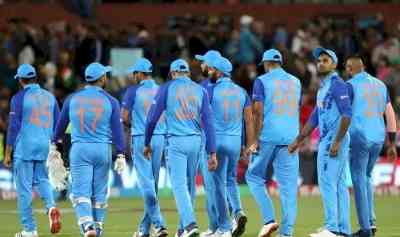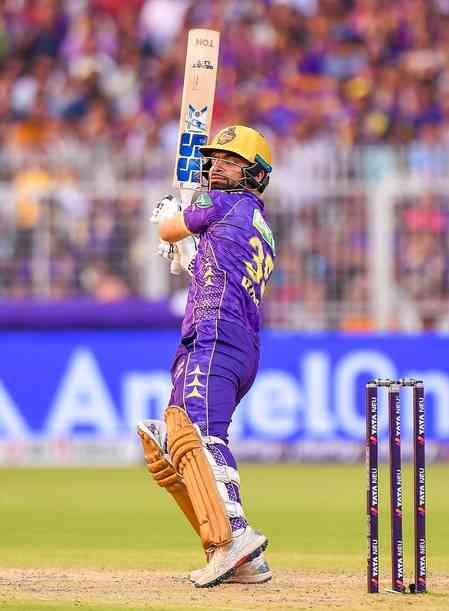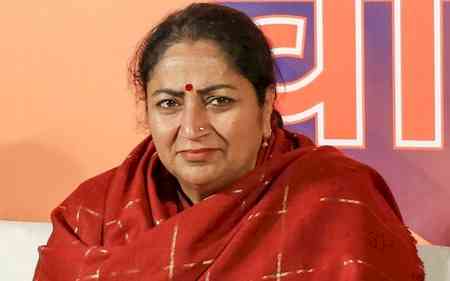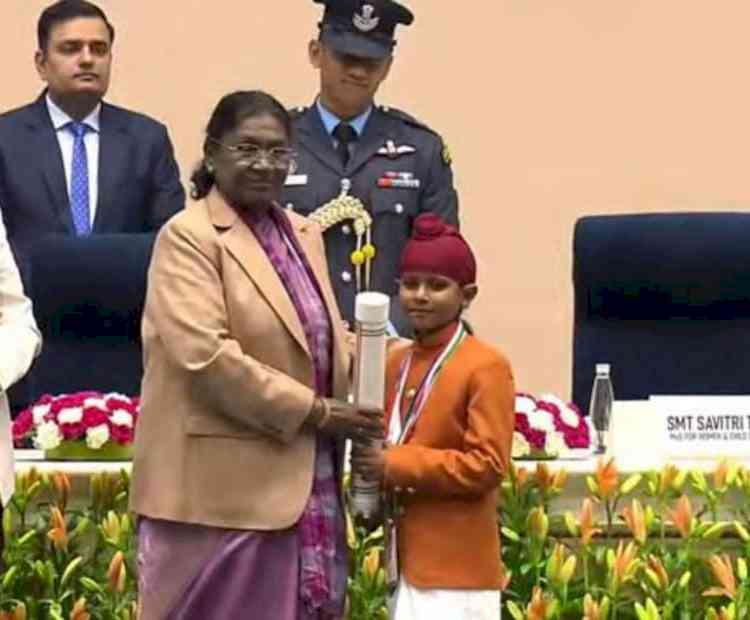T20 World Cup: Can Adelaide annihilation bring fundamental shift for India in T20I cricket?
March 9, 2015 will always be a significant date in the history of England's white-ball cricket. On that day, in a 2015 ODI World Cup group match at the Adelaide Oval, England succumbed to an embarrassing defeat to Bangladesh to crash out of the tournament.

Adelaide, Nov 11 (IANS) March 9, 2015 will always be a significant date in the history of England's white-ball cricket. On that day, in a 2015 ODI World Cup group match at the Adelaide Oval, England succumbed to an embarrassing defeat to Bangladesh to crash out of the tournament.
Despite winning the 2010 T20 World Cup in West Indies, England were still playing a dated version of white-ball cricket and that was evident in their loss to Bangladesh where they hit the rock bottom. After their return back home, Eoin Morgan was entrusted with re-building the white-ball side, from head to toe.
Under Morgan, England brought in a fundamental shift in playing white-ball cricket, which was aggressive, fearless, players who showed these qualities with bat and ball were brought in, strategies became data heavy to create a template of playing white-ball cricket which was in sync with modern times.
That 360-degree transformation, akin to a Phoenix rising from the Ashes, led England to 2016 T20 World Cup finals, only to be undone by Carlos Brathwaite's four sixes in the final over, a semifinal finish in 2017 Champions Trophy and finally, winning the 2019 ODI World Cup at home.
Morgan led England to another semifinal finish in the 2021 T20 World Cup, before retiring in July 2022. Jos Buttler, his successor, has carried the legacy forward when he played a clinical role in the ten-wicket demolition of India in the semifinal at Adelaide Oval on Thursday.
As Buttler and Hales were excitedly embraced by their team-mates coming from the dugout after completing a thrashing ten-wicket victory to enter the final against Pakistan on Sunday, India were left with failing in knockouts feeling yet again.
Losses hurt, but some defeats are like a dagger going through the heart. Thursday's defeat was one of those which will rankle Rohit Sharma and his guys for a very, very long time. The batting, despite a bevy of superstars, never propelled India past 168. The bowling, minus Jasprit Bumrah and Ravindra Jadeja, never had it in them to challenge Buttler and Alex Hales or even pick a single English wicket in the most important match of their time in the competition.
Simply put, India's annihilation at Adelaide was something which was waiting to happen. With four out of five wins in Super 12s to top Group 2, the flaws in the Indian team were not talked about or ignored in the euphoria of seeing an India-Pakistan final in the T20 World Cup.
The opening pair of KL Rahul and Rohit Sharma was not in sync at all. There was huge overdependence on Virat Kohli and Suryakumar Yadav for carrying the bulk of scoring duties. The Dinesh Karthik-Rishabh Pant dilemma was never solved.
Yuzvendra Chahal, anointed as lead spinner not long ago, warmed the bench for the entire tournament as other countries' wrist-spinners made merry. The bowling attack, which was smashed all over the park by Bangladesh's Litton Das at Adelaide, made a comeback as rest of the batters imploded in a quest for glory shots.
The loss to South Africa at Perth was quietened by how India won't face a pacy and bouncy pitch in the tournament again. But Thursday was the day when all the deficiencies in the side were ruthlessly exposed by England, the leaders of the modern-day T20 game.
For some time, India were having the ODI way of batting in their T20 matches. They have preferred classic-ness over out-and-out smacking of the ball. It took a year for them, after Rohit and Rahul Dravid came in, to embrace an all-attacking approach with the bat and conduct several experiments while winning bilateral matches.
But what was the point? The top-order of Rahul, Rohit and Virat Kohli from 2021 were repeated in 2022. Rahul was poking at the ball with no footwork, Rohit was not in his elements, which resulted in opening stands and batting power-play being a huge dud.
Rishabh Pant, a left-hander still trying to find his feet in T20I cricket, was given just two chances as an opener. Deepak Hooda, who earned his stripes at top-order for Lucknow Super Giants in IPL 2022, got a hundred at number three against Ireland. But when picked later on in T20Is, he was forced to be the finisher.
Axar was deemed as a like-for-like replacement of an injured Jadeja, though his batting form from IPL to T20Is didn't translate. Chahal, the potential difference maker with the ball in middle-overs, was seen during the World Cup either on drinks duties or adding new episodes of 'Chahal TV' show instead of wickets on-field.
A team management which stressed on consistency in selections, aggressive approach and experiments for the last 12 months was left numb when none of the mentioned things worked in the semifinal. Against England, India were hit hard by the things which Buttler & Co. did right.
Their opening partnership matched India's batting power-play score of 38 in just 3.2 overs. Buttler and Alex Hales never let the Indian bowlers settle by hitting them for boundaries consistently. Their leg-spinners, Adil Rashid and Liam Livingstone (can bowl off-spin too), kept the Indian batters in check right from being introduced in power-play, while India's finger-spin duo of Axar and Ravichandran Ashwin were taken for runs. In the fielding too, England were energetic while India were more than sloppy.
"Going back to that point, it was a real line in the sand, I would say, that moment in English white ball cricket, and to be now into a semi-final and going to tournaments with a level of expectation that we should perform well is a great place to be as a team," were Buttler's words on England's return to Adelaide after that 2015 loss to Bangladesh.
On their return to Adelaide in a World Cup after six years, England hit their high pitch and showed in spectacular fashion how they transformed their white-ball game. While Buttler & Co are now on the cusp of being the only team in men's international cricket to hold ODI and T20 World Cup trophies at the same time, India will be still shaken by the annihilation in Adelaide.
With 2024 set to be another T20 World Cup year, to be held in West Indies and USA, India would do well to take a leaf out of English cricket's book and press the refresh button on their approach to white-ball cricket, which appears to be stuck in an outdated era.
Gone are the times when teams would stack themselves with anchors in T20s, which is not acceptable in the modern era. The bruises which were closed in 2021 have resurfaced in 2022.
India needs batters who can dominate the bowling from the word go and have the right attitude to match up to the fast-evolving world of T20 cricket. They need bowlers who have the variety and ample backing to excel.
Whatever the solutions are, India are honestly playing catch-up in T20s. Time will tell if November 10, 2022 will give birth to a fundamental shift towards India playing T20 cricket or not. Who knows, a few years later, 2022 Adelaide could be their land-in-the-sun moment, just like England had in 2015.


 IANS
IANS 










